Reed Stemmed elbow pipes are one of the most numerous pipe forms in the Southeast. This form seems to have been developed during the Middle Woodland and Late Woodland periods, but was not made in great numbers until the Mississippian period.
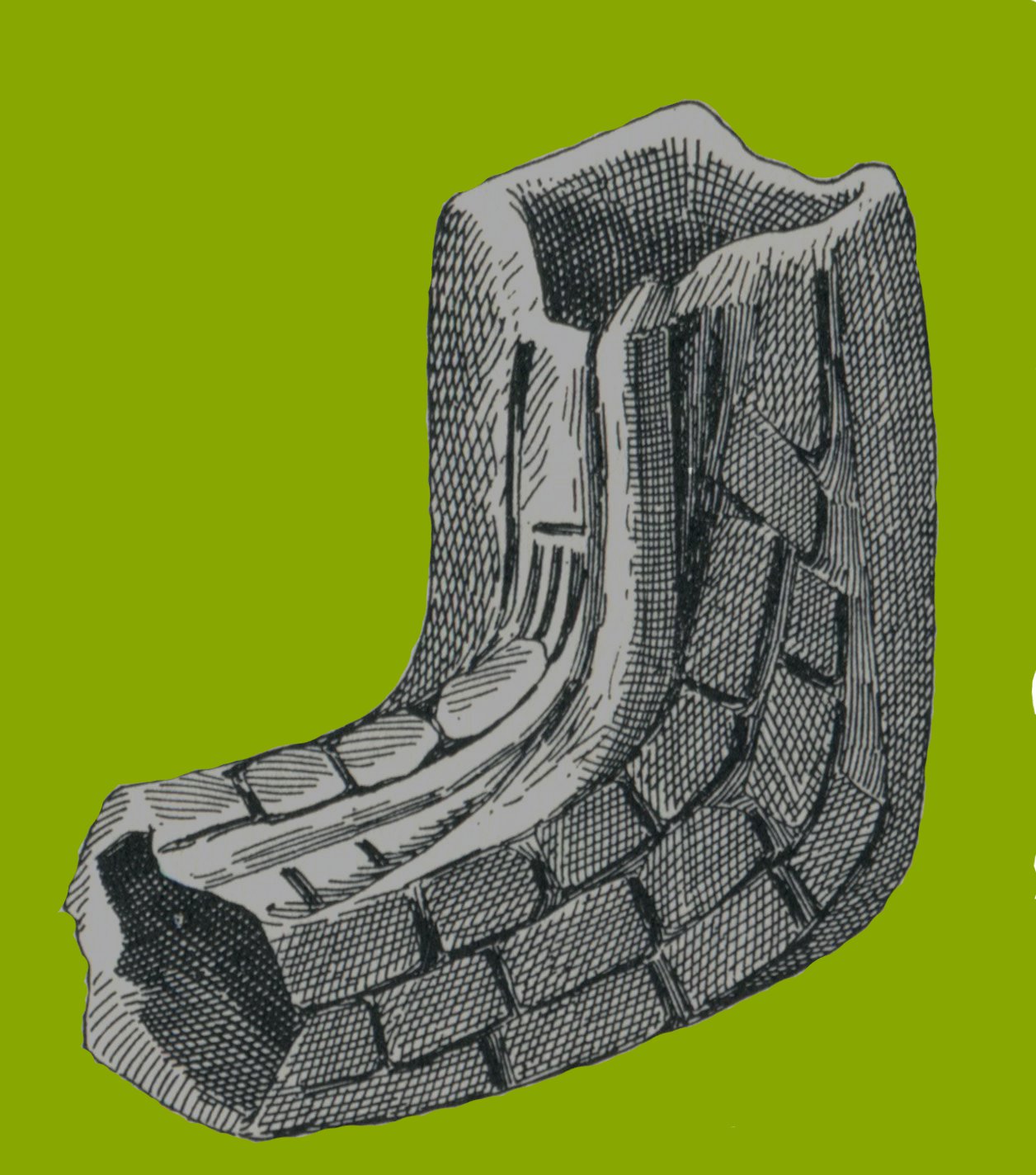
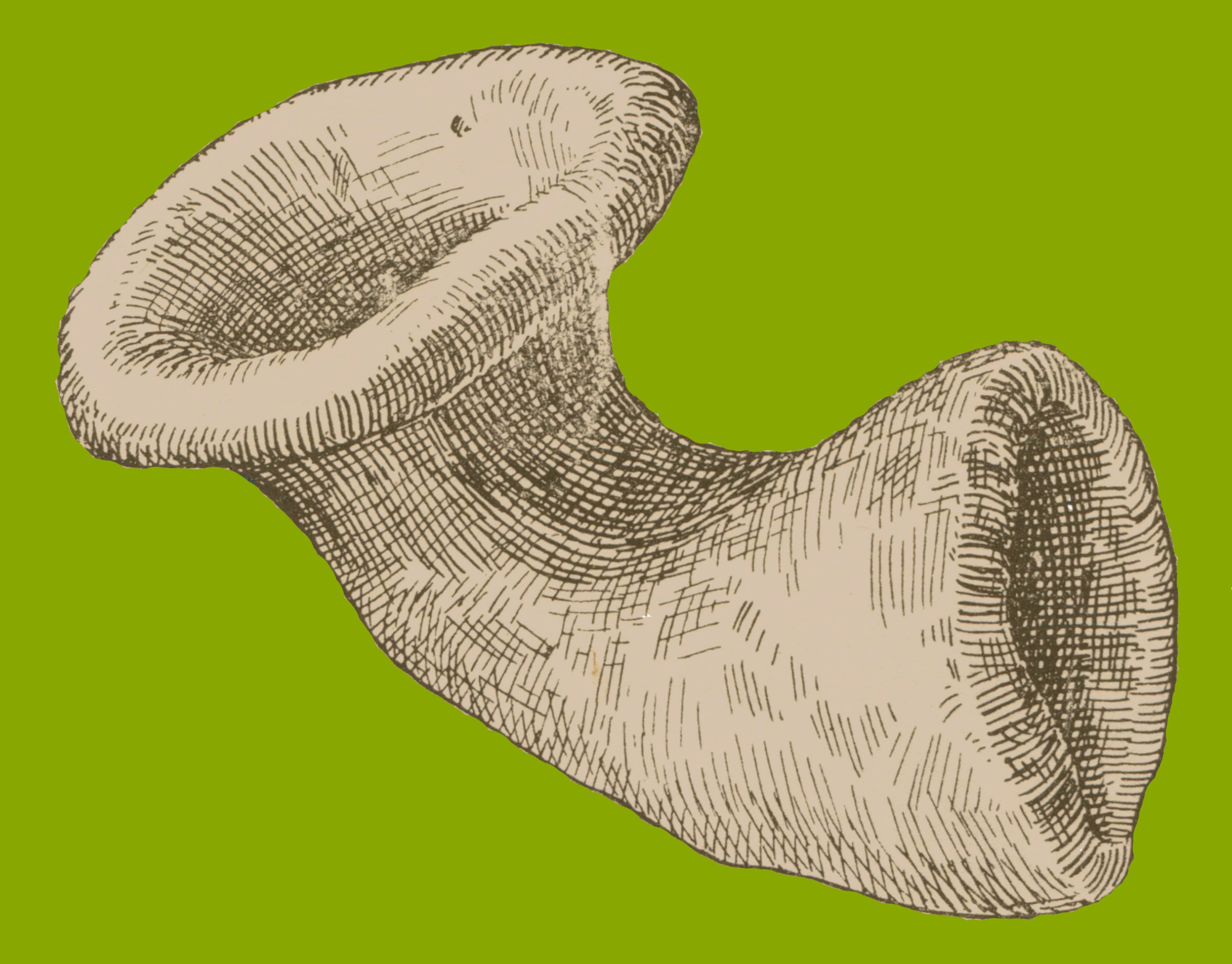
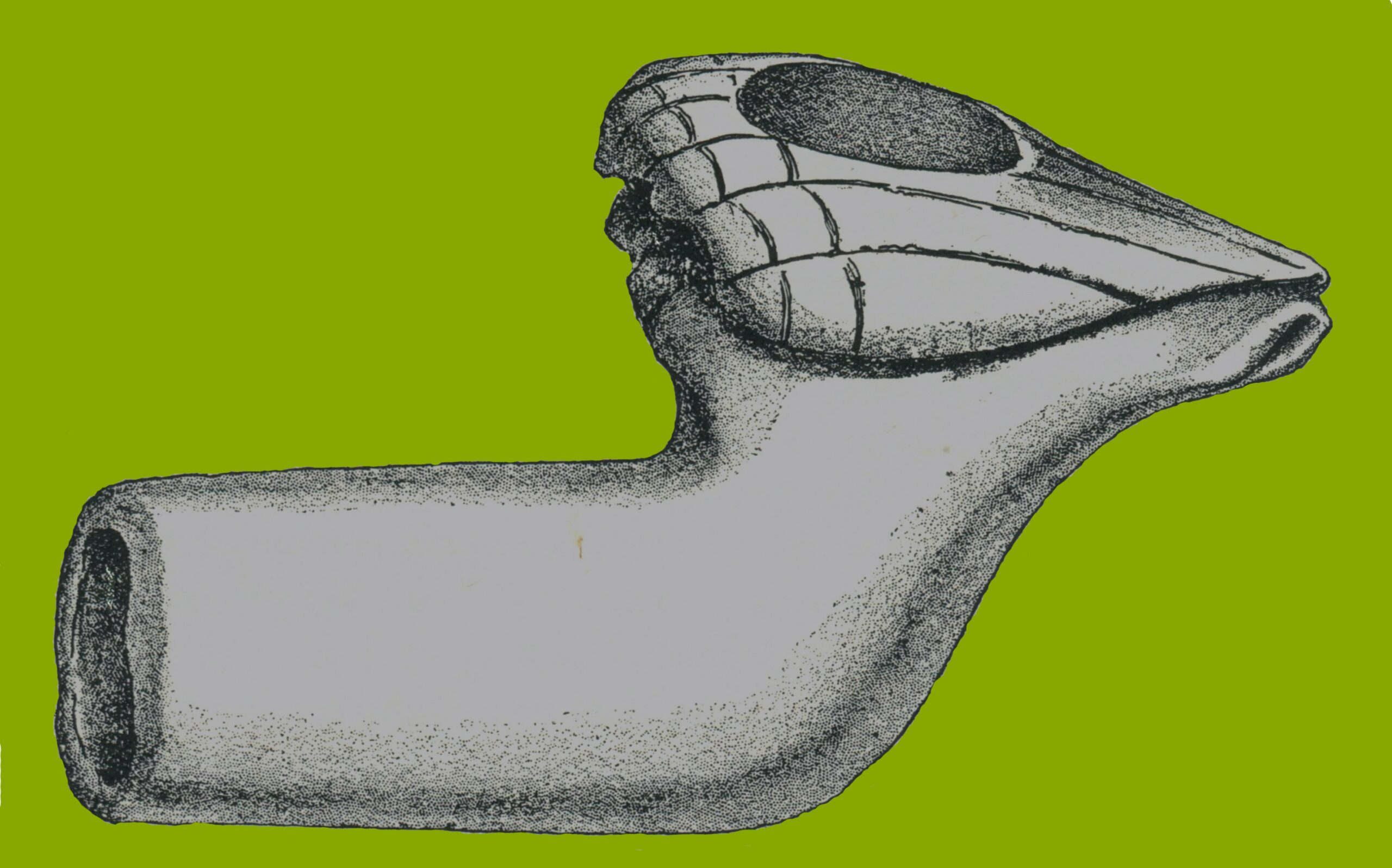
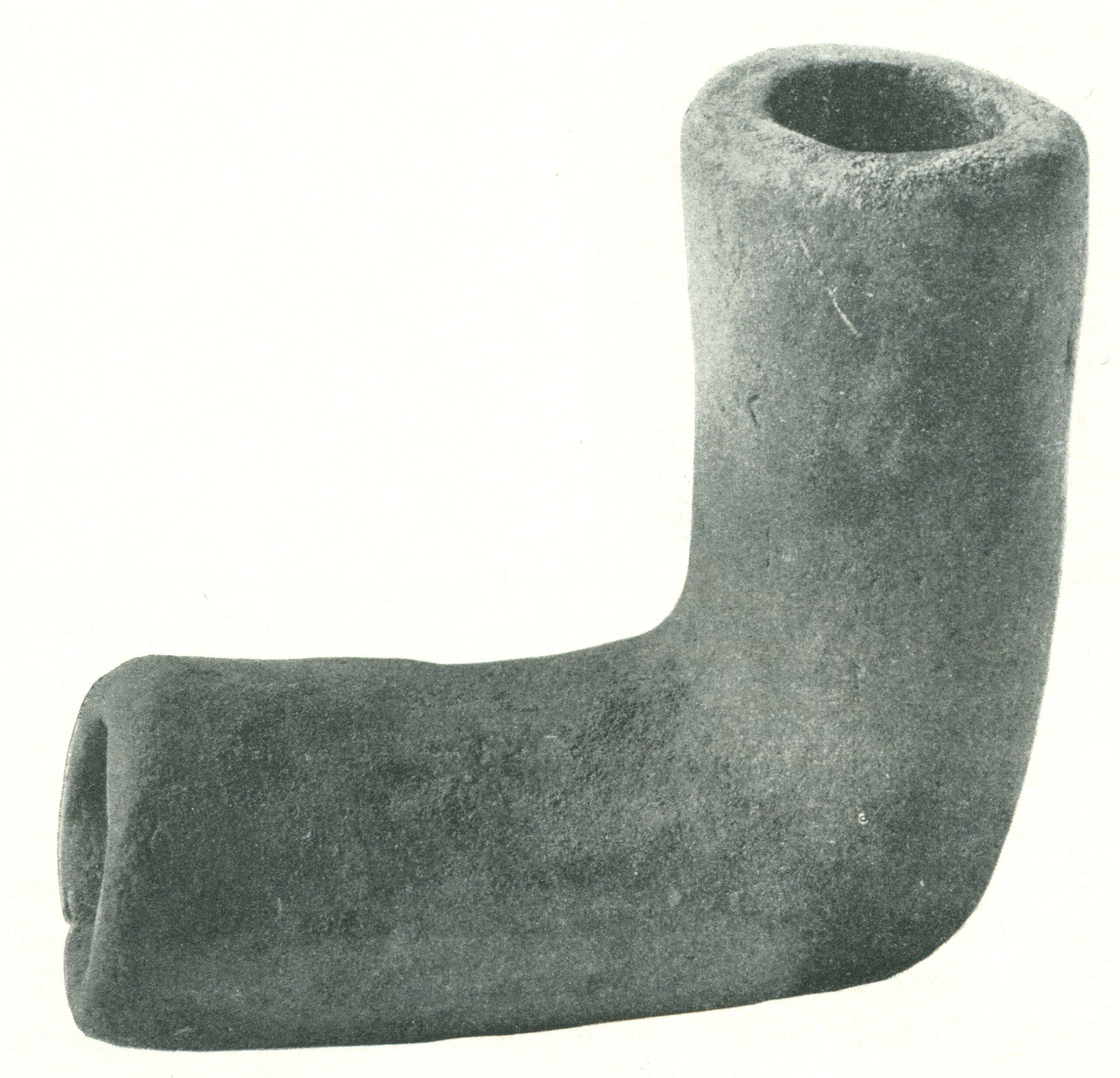
Perhaps the earliest recorded recovery of a Reed Stemmed elbow pipe was made by C.B. Moore at the Shield’s Mound in Jacksonville, Florida (pipe A). Shield’s Mound contained sherds of early Swift Creek pottery with a scalloped rim. The mound also contained a clay pipe fashioned in a square shape, similar to the Square Steatite pipe form. The mound also contained an example of a Square Steatite pipe. Among Moore’s other recoveries of this pipe form from Middle Woodland sites was pipe B from a mound near Porter’s Bar near Apalachicola Bay in Gulf County, Florida. The site also contained Basin Bayou Incised pottery dating between 200 and 300 A.D. Moore also found these pipes (pipe C) at the Dunn’s Creek Mound in Jacksonville dating to the Middle Woodland period. This example is among the first pipe of this type that appears to have a type of effigy attached to it. Moore also recovered pipe D from a mound near Huckleberry Landing near the juncture of the Jackson and Apalachicola rivers in Florida. The mound also contained “complicated and check stamped pottery” as well as Weeden Island Plain pottery.
By the Early to Middle Mississippian periods, Reed Stemmed elbow pipes either had resurgence or became much more widely used. Large numbers of these pipes began to appear all across the Southeast. Their use continued with expanding numbers of variations well into the Historic Period.


The above pipes came from the Early Mississippian context of the Ocmulgee Mounds in Macon, Georgia. Very similar pipes came from the Mississippian component of the Cox Village site in Jackson County, Alabama. The same was true of the Henry Island site located 4 miles east of Guntersville, Alabama. Both of these sites were marked with shell-tempered pottery of the Mississippian period as is the Ocmulgee site.
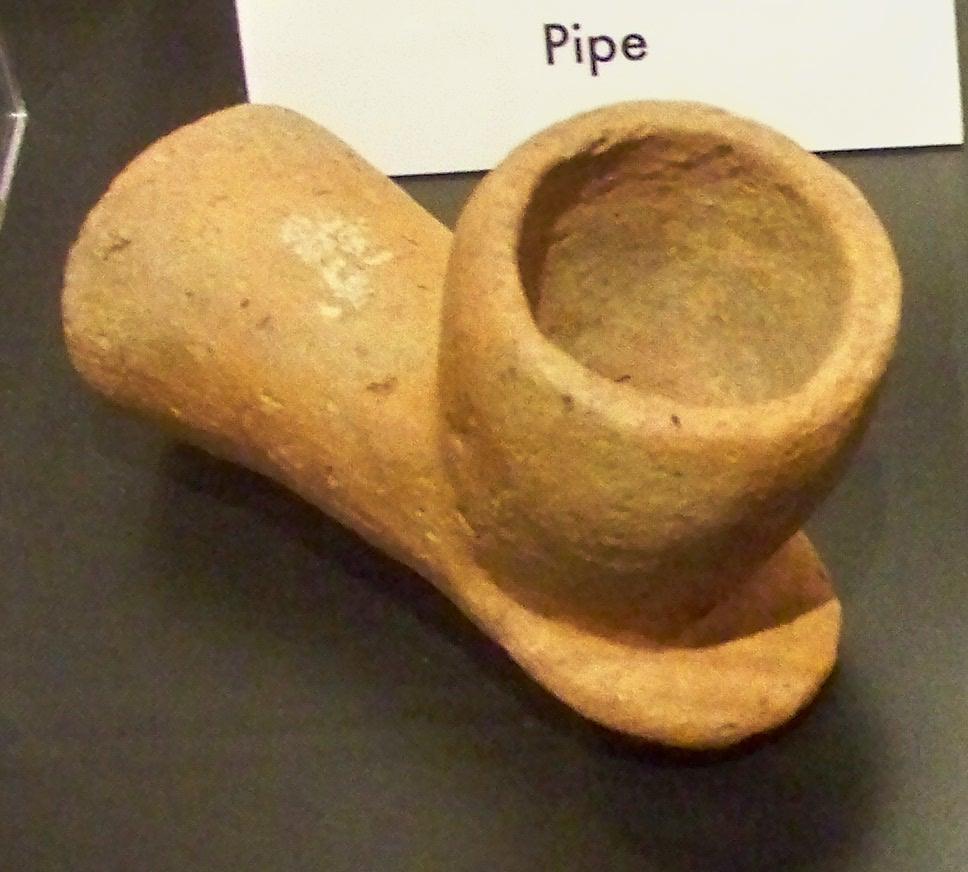
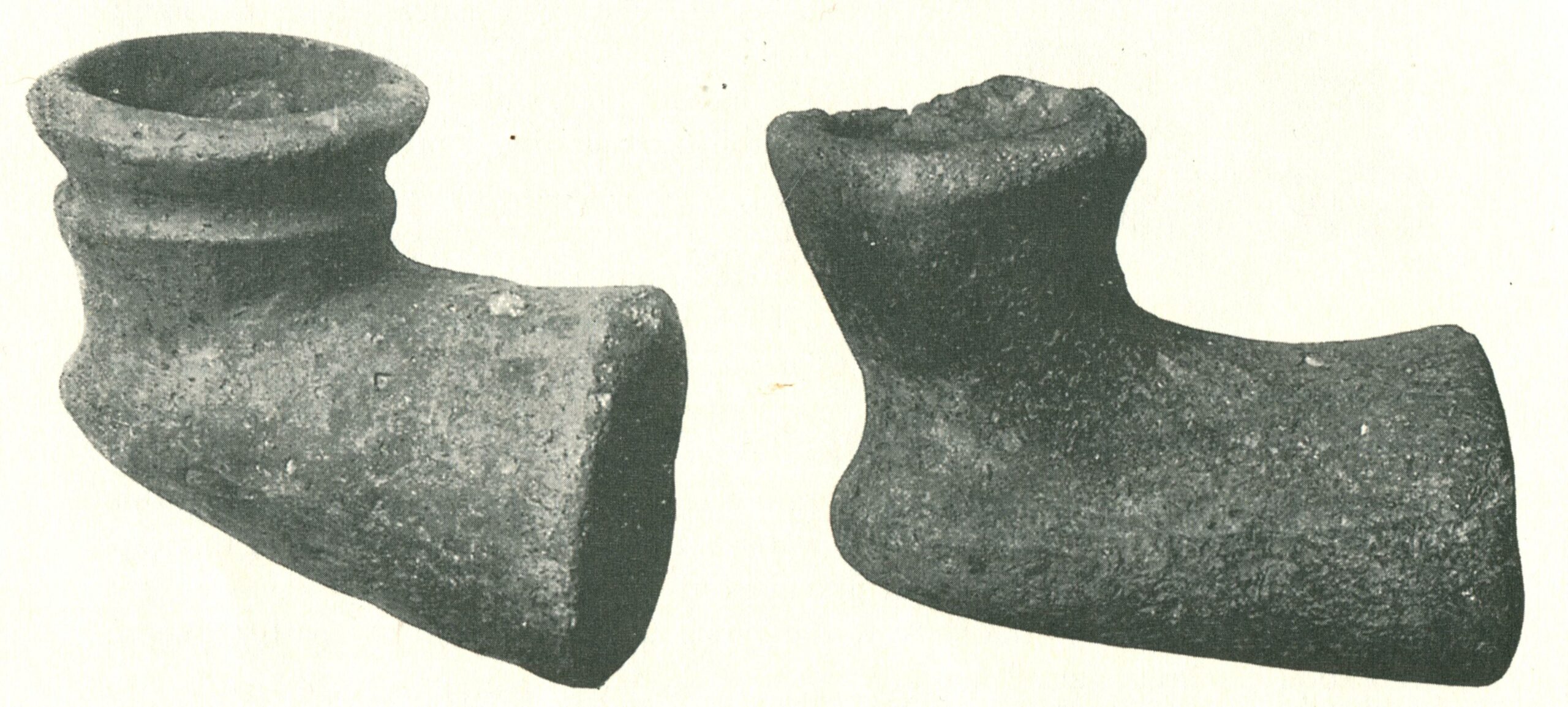
Reed Stemmed pipe forms began to change slightly during the Middle Mississippian period. Most were made with expanding bowls and stems that protruded beyond the bowl to a pointed or semi-pointed end. Pipe C may represent this period at the Ocmulgee mounds while the pipes shown in figure D were both recovered by C.B. Moore from an area south of mound D at the Moundville, Alabama site. This exact same form of pipe was found in a Middle Mississippian context by Moore in the mound on the Charlotte Thompson Place about 6 miles south of Montgomery, Alabama. The stems are larger in circumference and are reminiscent of the opening on some tubular pipes, but were probably fitted to a larger reed or cane stem than later pipes. By no means did this pipe style dominate the Middle Mississippian sites of the Southeast.
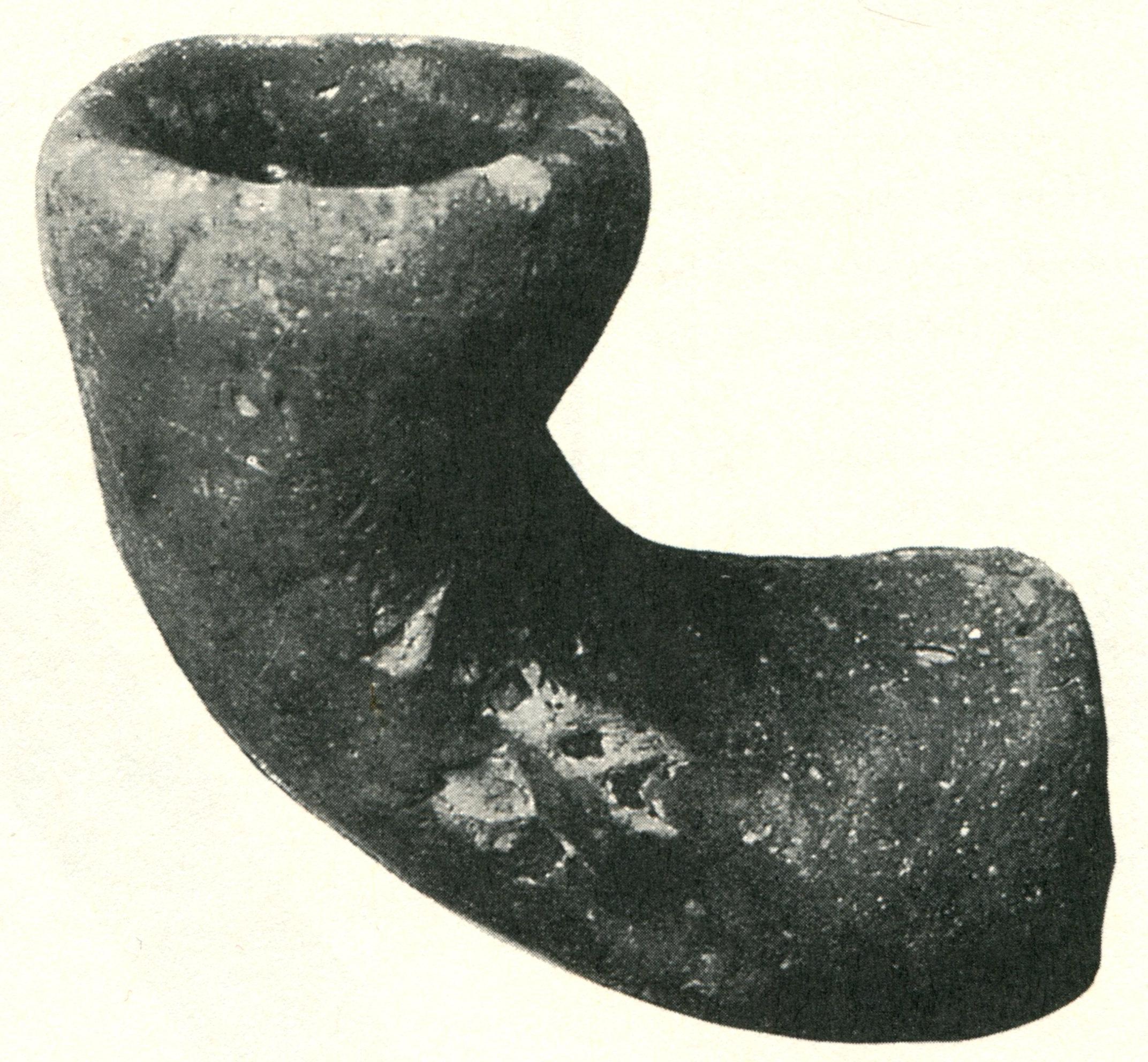


With nearly the same frequency, pipes like the one in figure E, were also recovered by Moore in the area south of mound D at the Moundville and Charlotte Thompson sites. Their slow curving stem-to-bowl juncture and the expanding bowl make them look rather old and simple, but they belong to the Mississippian people none the less. Pipe F, for lack of a better name, an Obtuse Angle pipe. It is reminiscent of the early European kaolin pipes of the late 1500’s. This example was recovered from the Etowah Mounds site. Other examples of these pipes were recovered by C.B. Moore with a burial in mound B near Bluff Field in Bryan County, Georgia (figure G). The mound also contained a Savannah Burnished vessel of the Middle Mississippian period. Moore recovered a second example a mound near Bourbon in McIntosh County, Georgia, again in a Mississippian context.
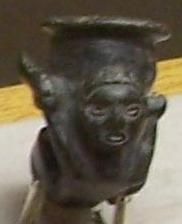
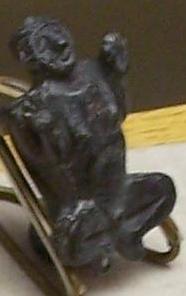
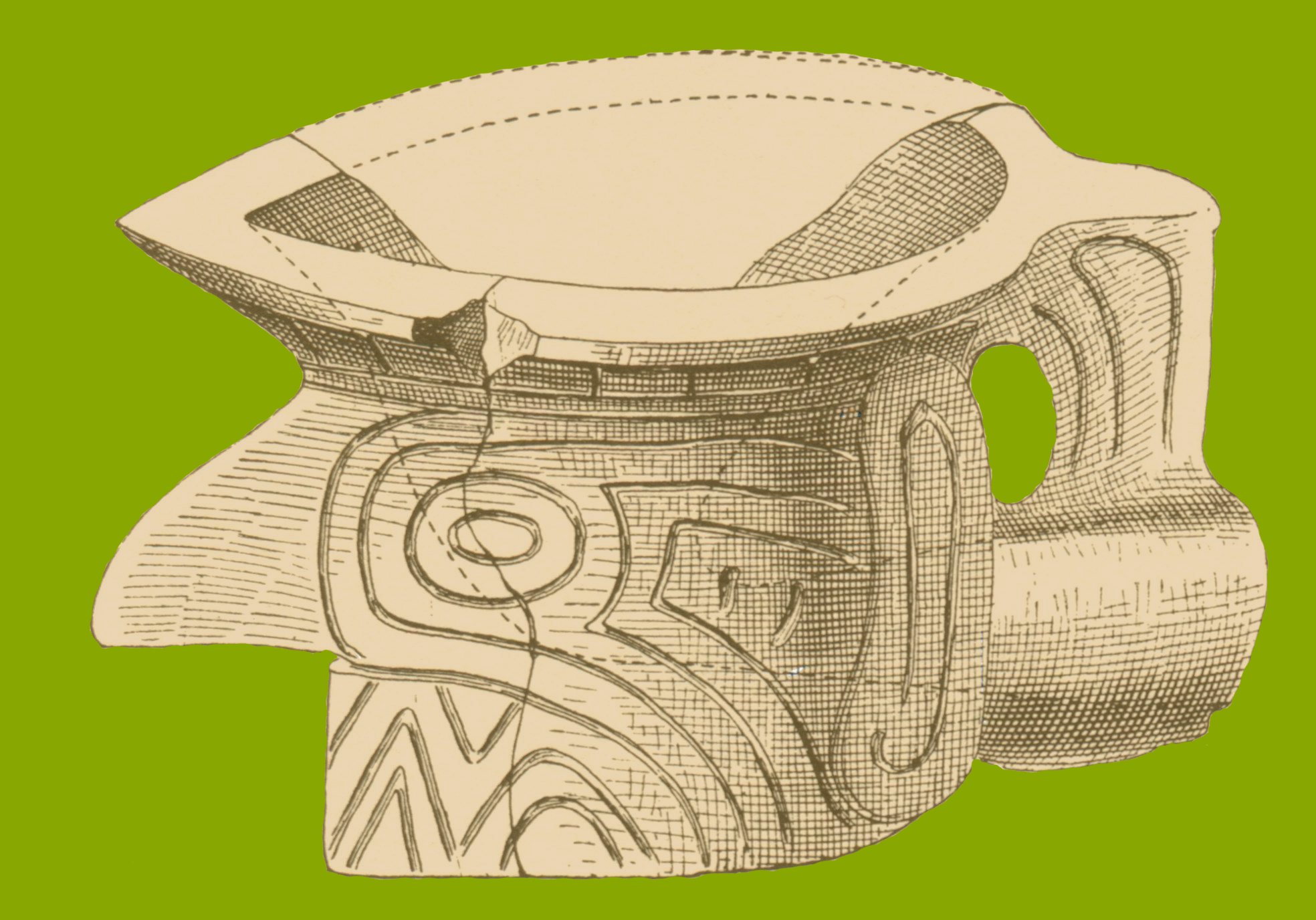

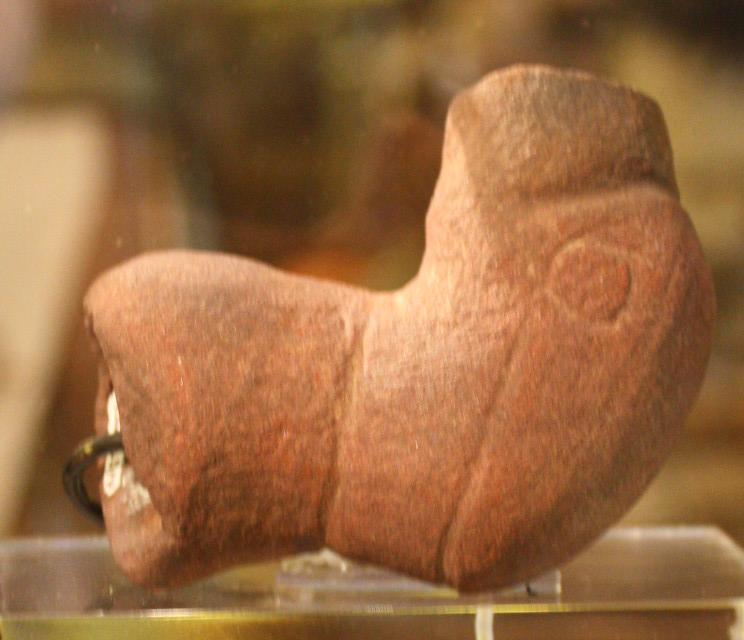
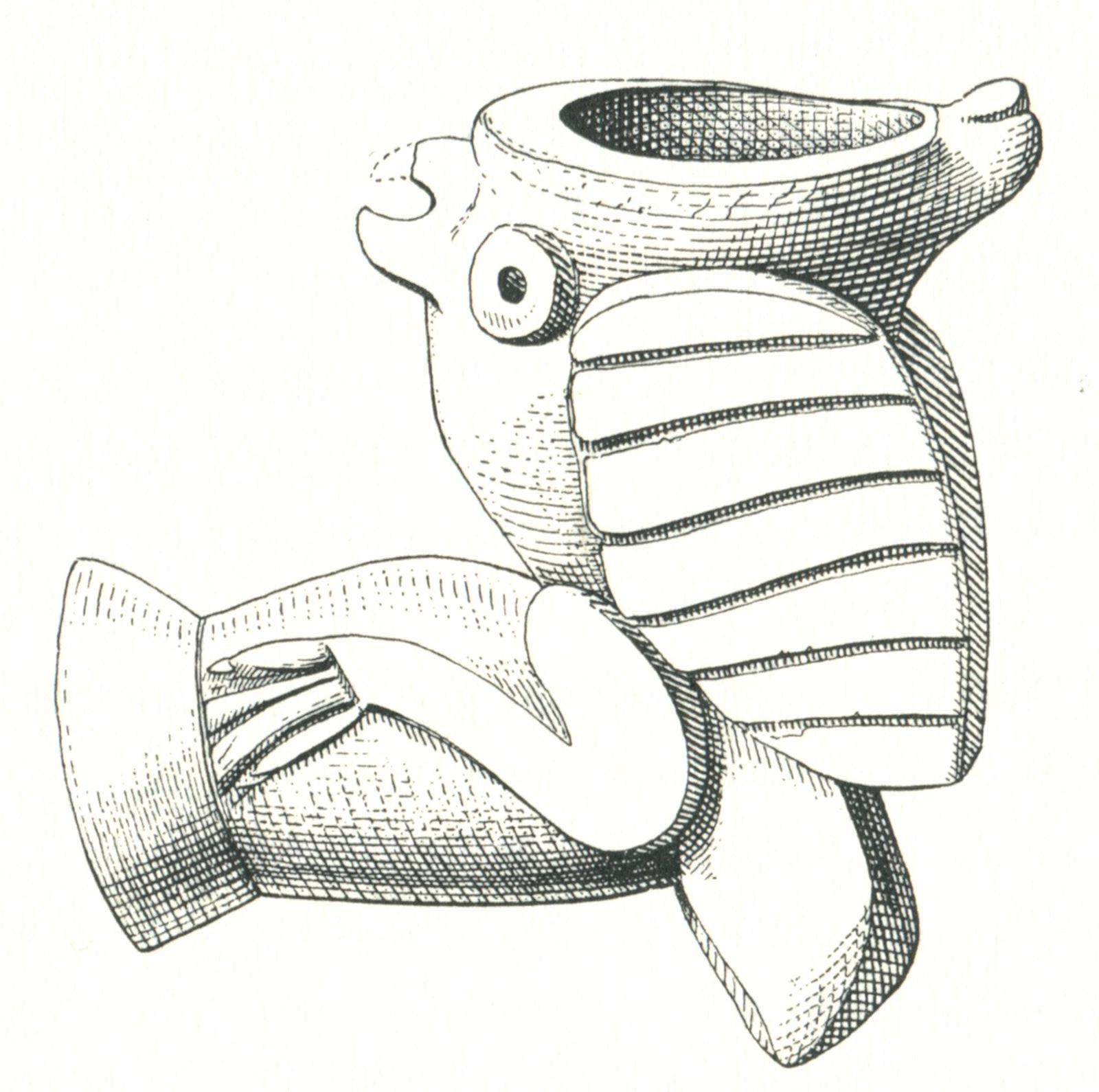
The Middle and Late Mississippian periods also produced many Reed Stemmed effigy pipes found primarily within the confines of the major ceremonial centers like Moundville, Etowah, Ocmulgee, the Hollywood Mounds, and Towns Creek. Effigy figures used on the smaller elbow pipes were no less artistic than those larger pipes that were usually made of stone. Pipes A and B above were recovered from the Etowah Mounds in Georgia. Pipe C is one of several stylized human face pipes recovered by Moore from Lawton’s Field, Bourbon and Dumocssay’s Field mounds in McIntosh and Darian counties, Georgia. Other effigies included many bird forms. Pipes D and E are from Moundville, Alabama and the owl pipe (F) was recovered by Moore at a mound near Hudson’s Ferry in Screven County, Georgia. It is interesting to note that none of these types of pipes are found in Florida, even at the Jackson Mounds in Leon County. It may be that the influence of the Southeastern Ceremonial Complex had little impact on people living in peninsular Florida where maze horticulture was not prevalent. Perhaps the availability of estuaries and other subsistence resources was simply too abundant.

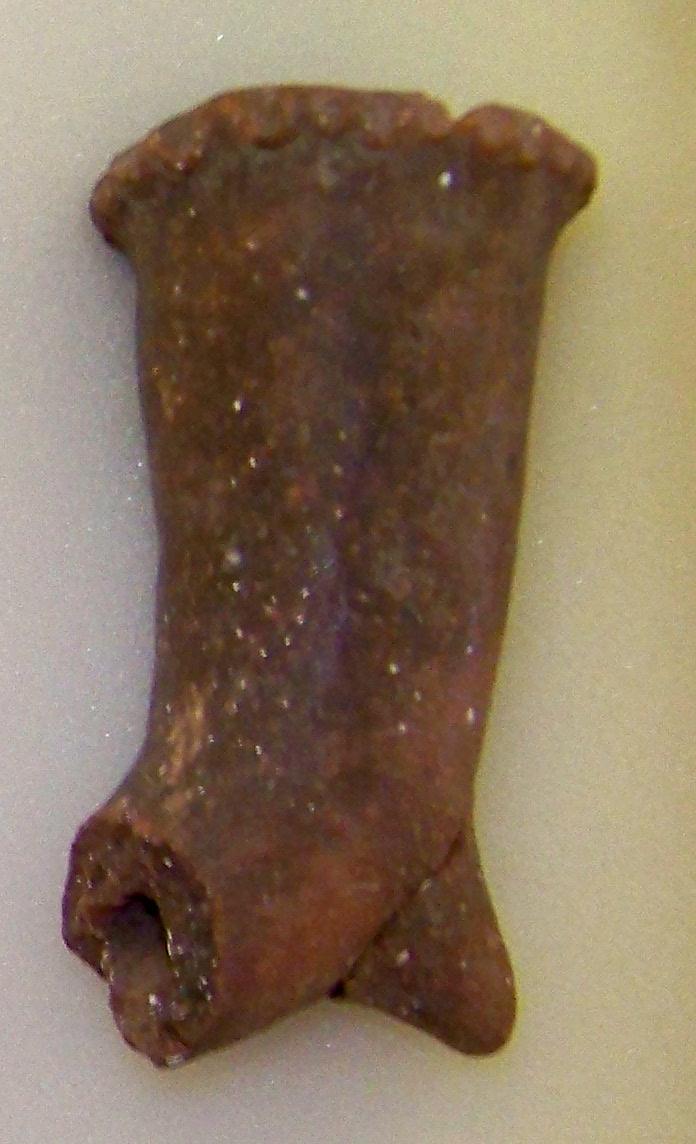
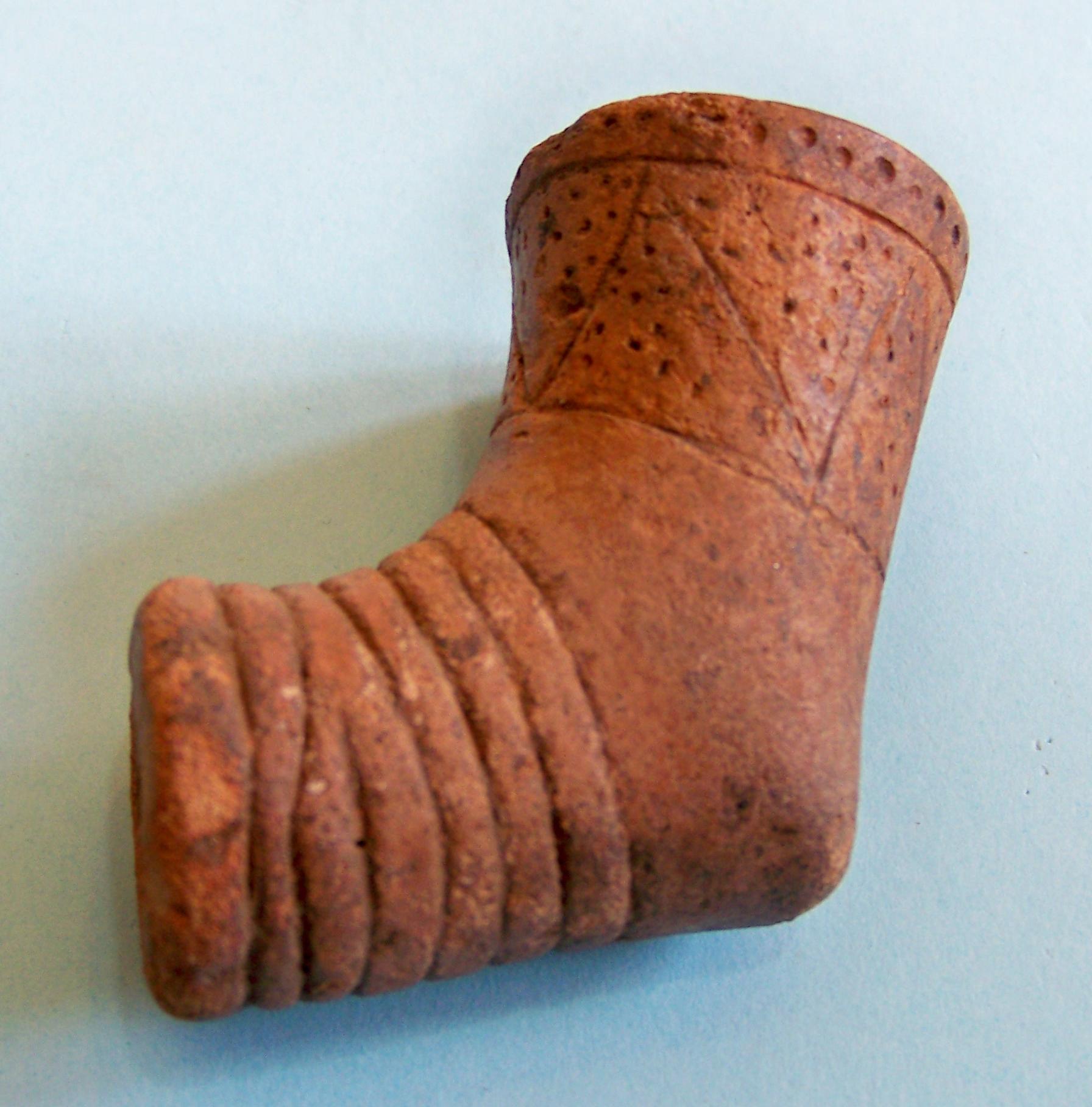
Middle Mississippian pipes also included an added foot or spur to the base of the pipe. This feature can be clearly seen on several of the examples from the Cemochechobee site (figure G), located along the Chattahoochee River in Clay County, Georgia. The pipe in figure H is shell tempered and was brought to me at the Etowah ID day from Cherokee County, Georgia. The pipes also included punctated decoration relating to the symbolism of the Southeastern Ceremonial Complex along the bowl and rings or grooves, perhaps simulating binding at the rim and around the stem of the pipe. Pipe I, from the collection of Jacky Fuller, clearly demonstrates the incising and punctations used during this period.
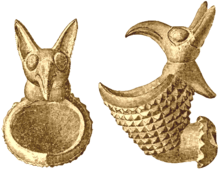
William Webb and Charles Wilder reported a very unusual pipe (A) form from MS 32, a workshop site on McKee Island on the Tennessee River in Marshall County, Alabama. The village site, marked by projectile points, pottery and bone fragments, stretched along the island’s central ridge for about a half mile and averaged about 100 feet wide. DeSoto is said to have visited the Creek town of Tali, located on McKee Island on July 10, 1540. The pipe was associated with burial 44 of Webb and Wilder’s excavation. The tight context of the burial contained glass beads, a stone pipe, a brass collar, brass bells in a fabric bag, flint scrapers and points, a dog head, and a buckskin jacket. The burial was contained in a bark-lined pit. Obviously, this was a Historic period burial, perhaps near the time of DeSoto’s visit.
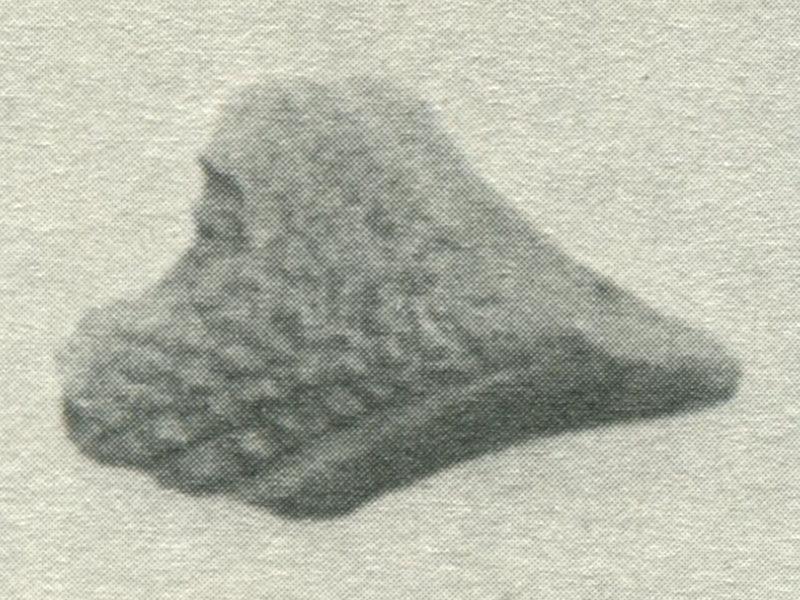
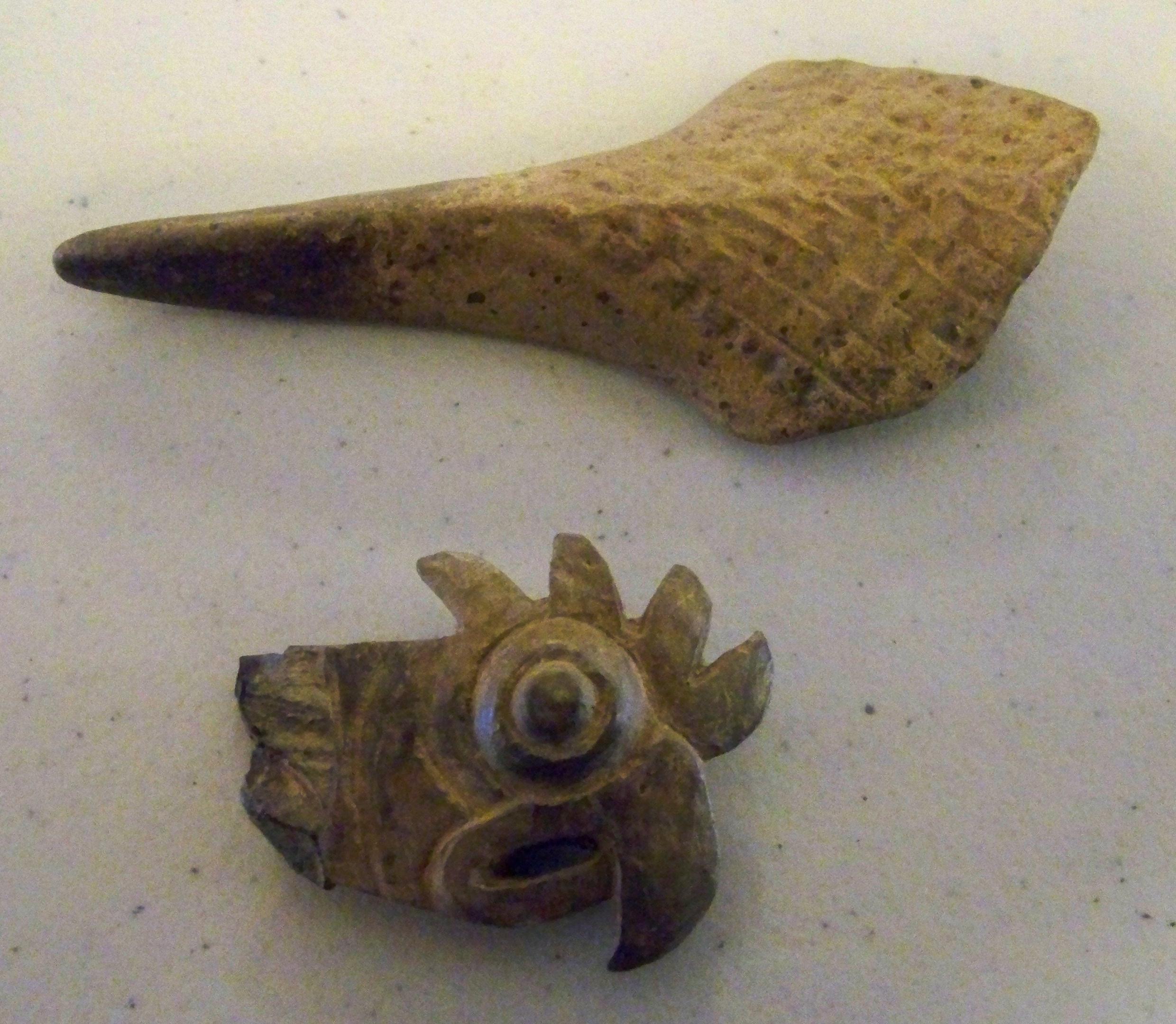
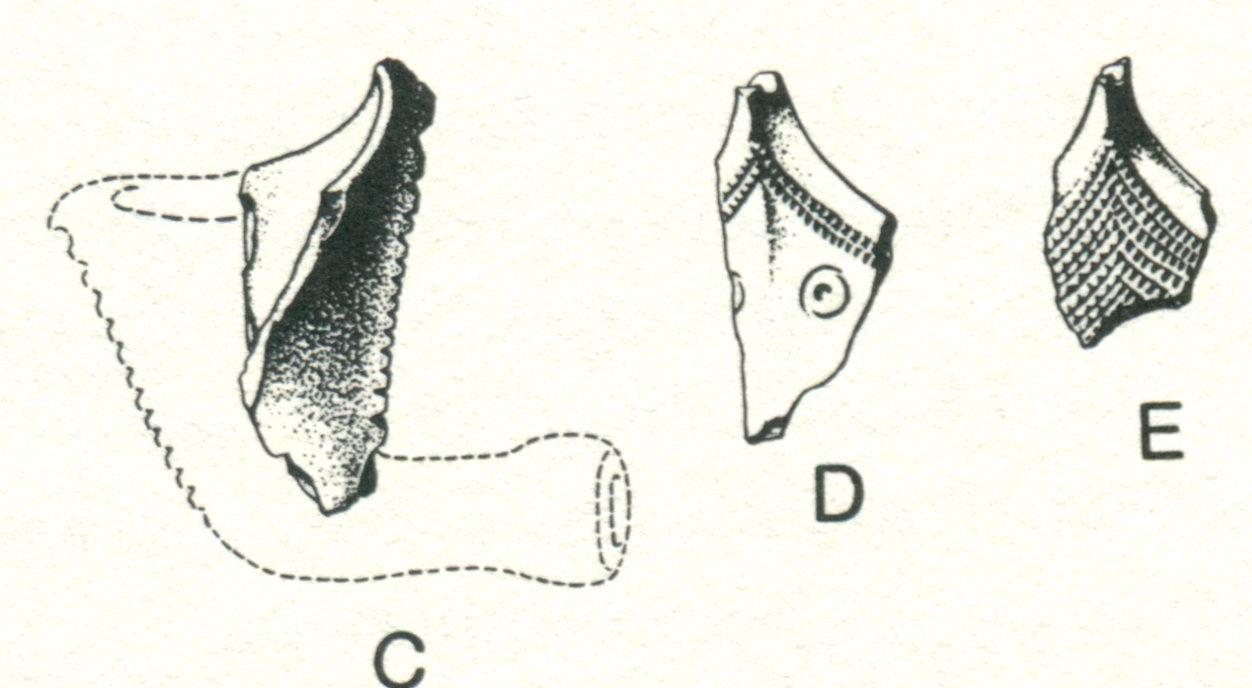
T.M.N. Lewis and Madeline Kneberg illustrated pipe B in a grouping of Late Mississippian Dallas component pipes from Hiwassee Island. The pipe fragment is very similar to one recovered by Lee Forsyth (pipe C) from a site in Bartow County, Georgia. The pipes reported by Webb and Wilder, Lewis and Kneberg and the one recovered by Lee Forsyth all bear a resemblance in decorative form with a peaked edge of the bowl and a crosshatched decoration beneath the bowl. The McKee Island pipe had a peak at the forward edge of the bowl while the Hiwassee Island pipe’s peak was at the rear of the Bowl (figure D). Forsyth’s pipe had a bird head effigy associated with it, unlike the zoomorphic effigy of the McKee Island pipe. Because all three pipes were found in generally the same region of northwestern Georgia, northeastern Alabama and eastern Tennessee, it is reasonable to believe that they are somewhat related. This unusual pipe form seems to span from the Late Mississippian to the very early Historic periods.
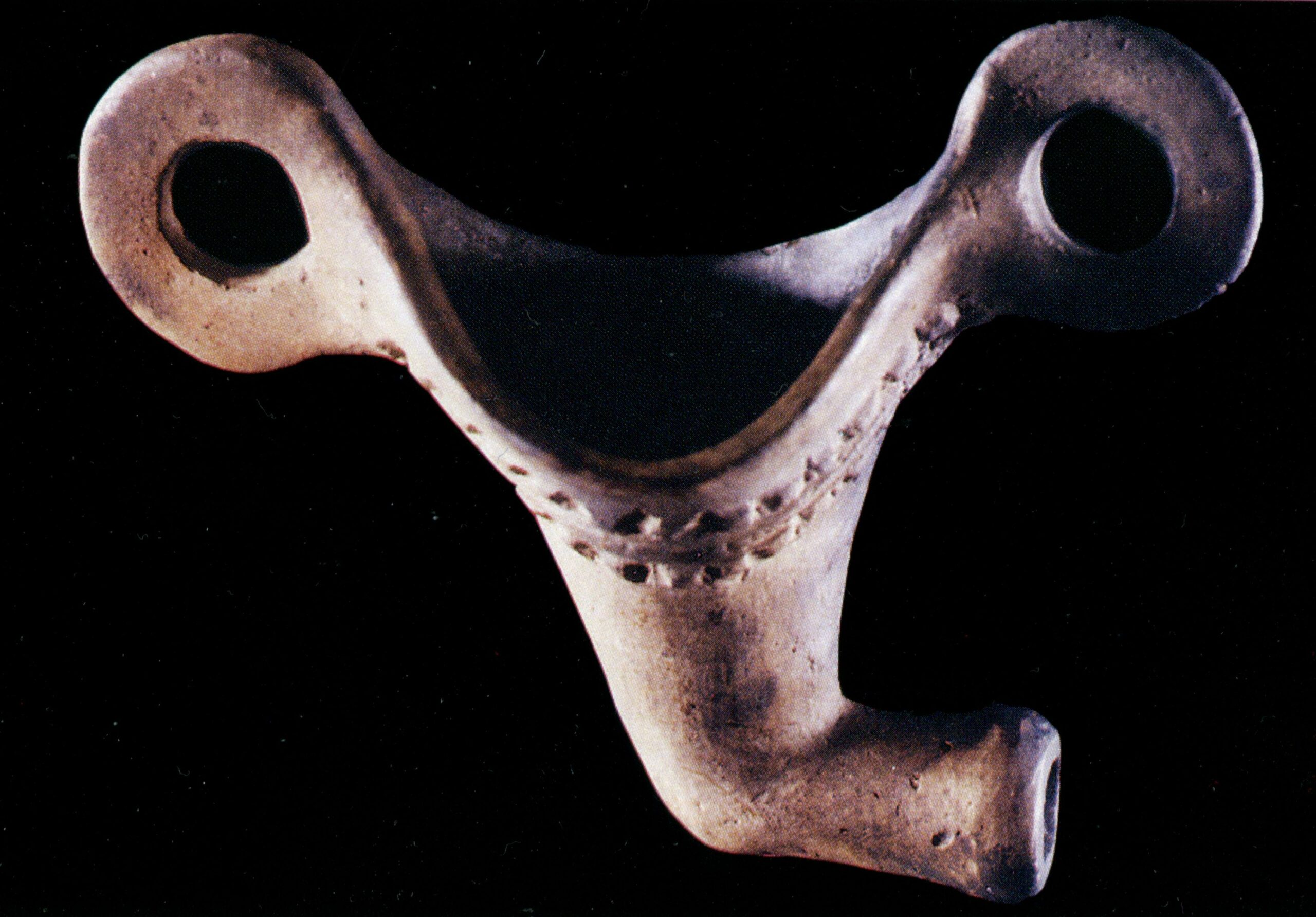
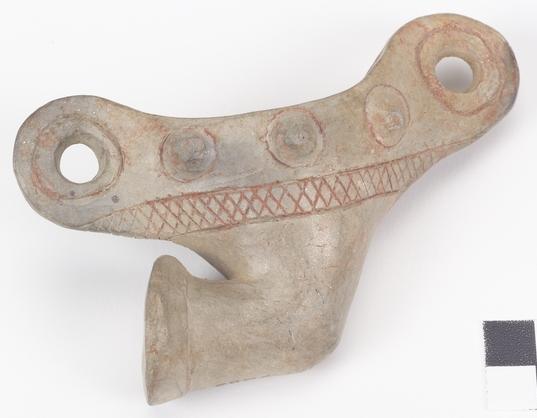

One additional pipe form mentioned by Schnell, Knight and Schnell from the Cemochechobee site was described as having handles like a vessel. The pipe in figure E fits the description of this type of pipe. It was described by .C. Jones in 1876 as a pottery “Canoe” effigy smoiking pipe. The pipe was found along the Coosa River in Bartow County near Rome, Georgia. The picture was published in the CSAJ, Vol.53, No.4 as being part of the collection of David Walsh, Sr. of Macon, Georgia. A pipe of similar description (figure F) was recovered by C.B. Moore in a mound at Hampton Place, just north of the city of Chattanooga, Tennessee. The burial also contained two discs, one of copper and the other of brass. Other burials within the site contained glass trade beads, marking this site as having European contact. The configuration of the pipes is interesting because they occur along the area of the Chattahoochee River and in areas that may have had possible association with Creek Indians. The configuration of the pipes is very similar to the Creek Saddle pots recovered by Moore from sites along the western end of the Tennessee River valley in northern Alabama (figure G).
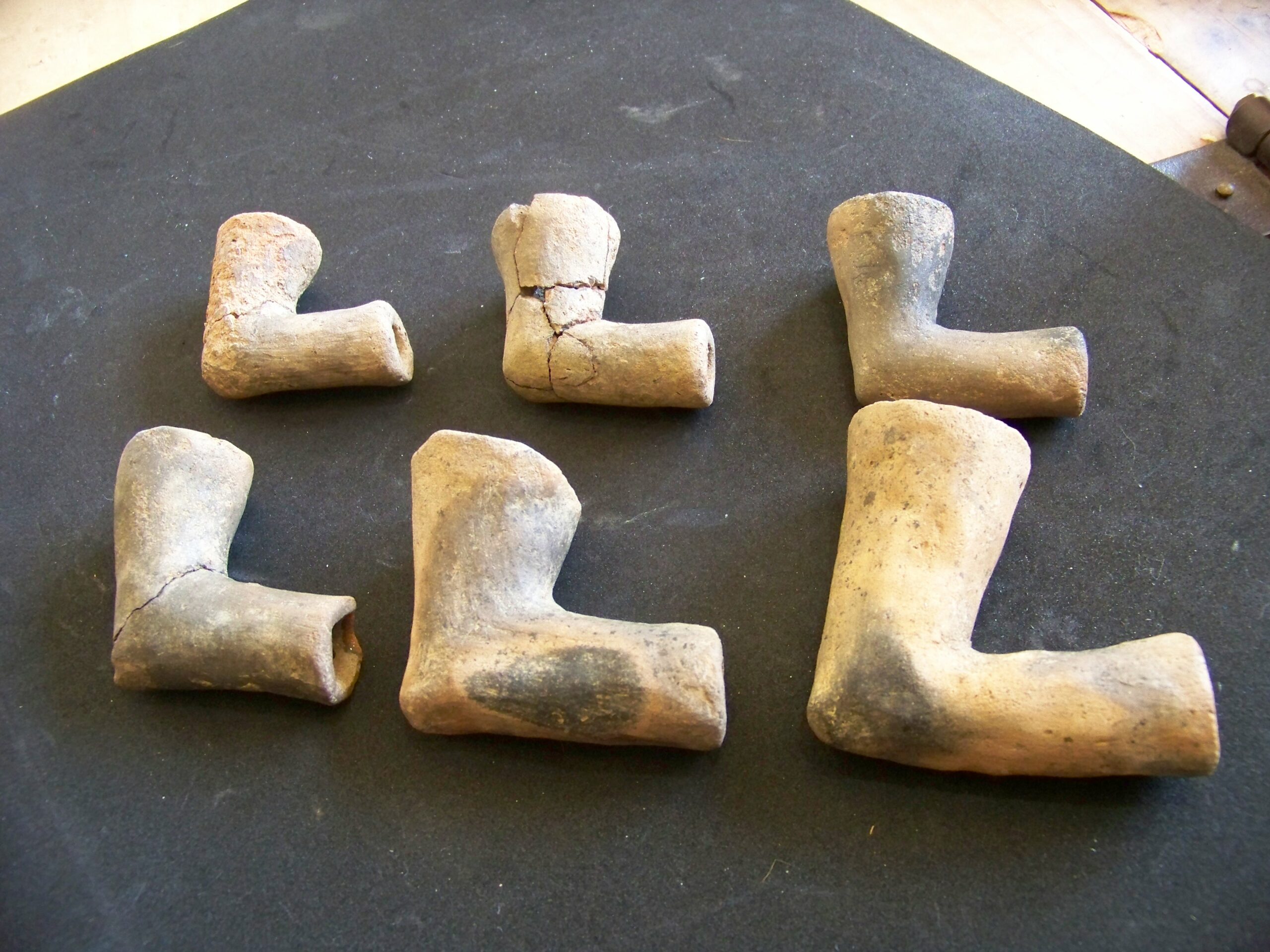
The grouping of pipes shown in figure H are commonly referred to as Trumpet pipes. This is a cache of Historic period Creek-made Trumpet pipes from the collection of Jacky Fuller. Apparently the Creek people continued to make these pipes after the Indian Removal from Georgia as Gregory Perino recovered a Trumpet pipe made of Minnesota Catlinite in the area of Tulsa, Oklahoma that dated to the early 1800’s.
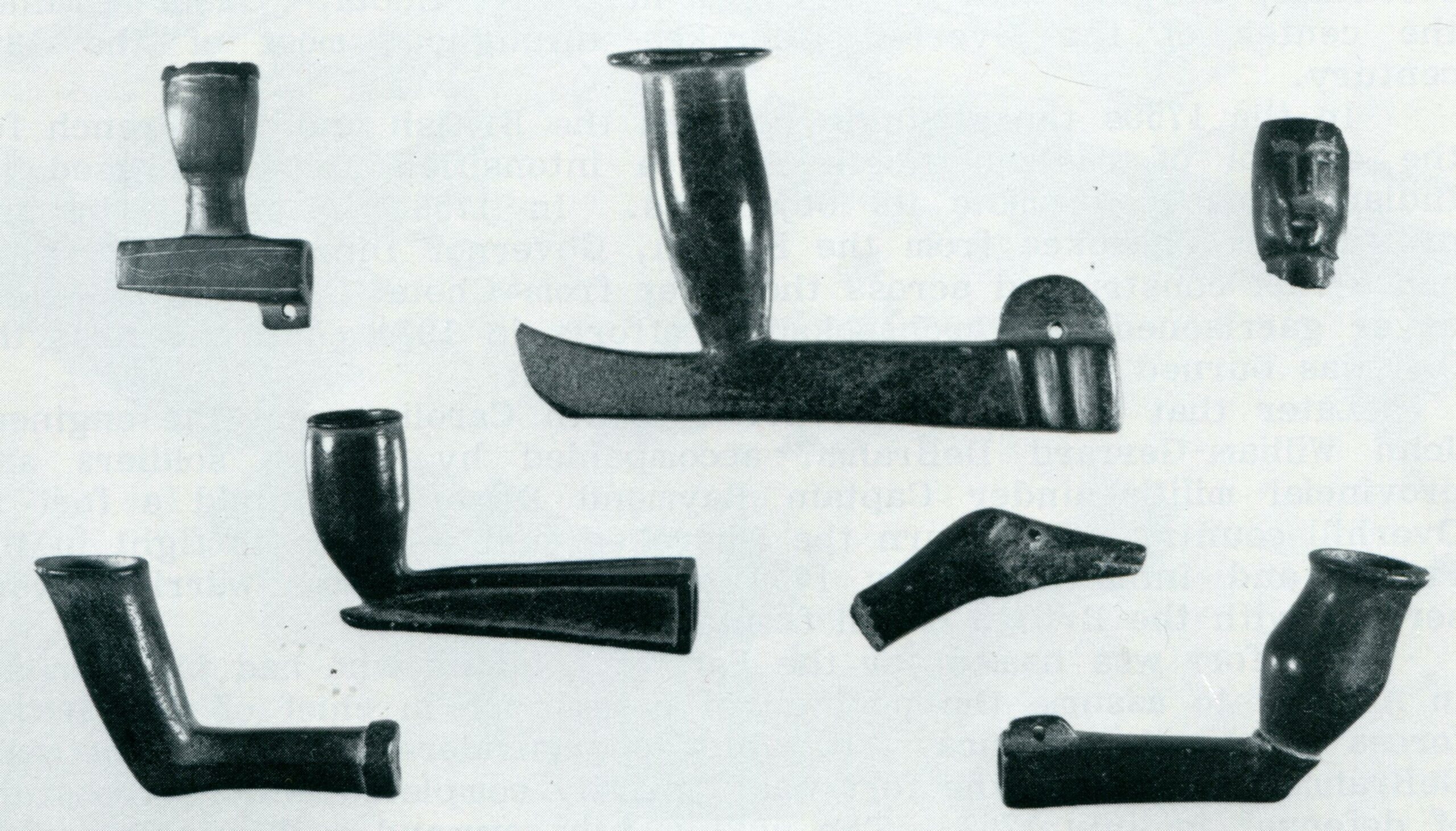
Jefferson Chapman illustrated a very different form of pipe made by the Overhill Cherokee people in eastern Tennessee during the early 1700’s. The pipes in figure I are all made of steatite except the pipe in the upper left that is made of catlinite. Three of the pipes are the Lanyard type.